
Mixed dementia
Mixed dementia is a condition where a person has more than one type of dementia at the same time. The most common combination is Alzheimer’s disease and vascular dementia, but other types can be involved too, such as Lewy body dementia.